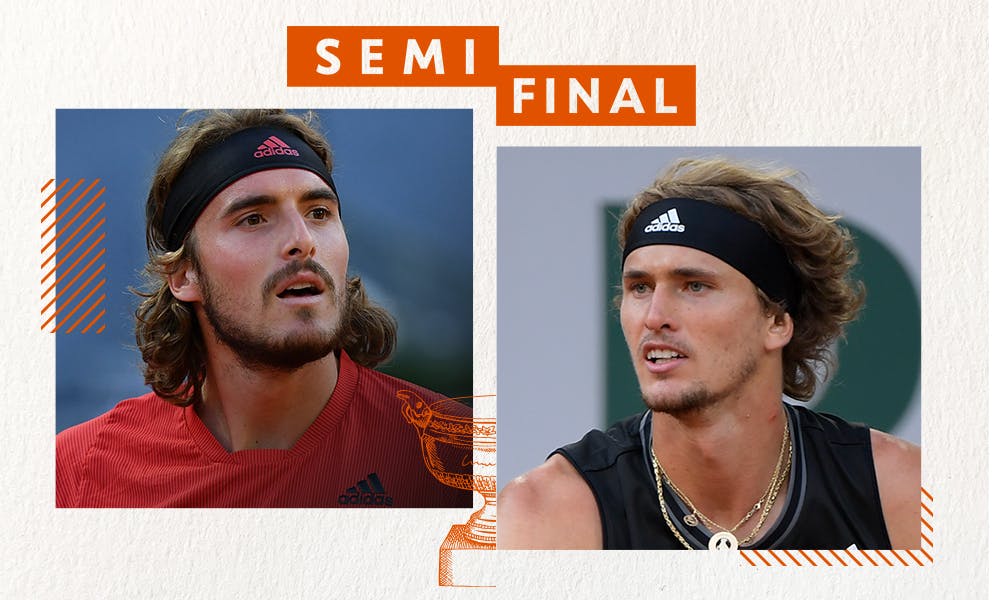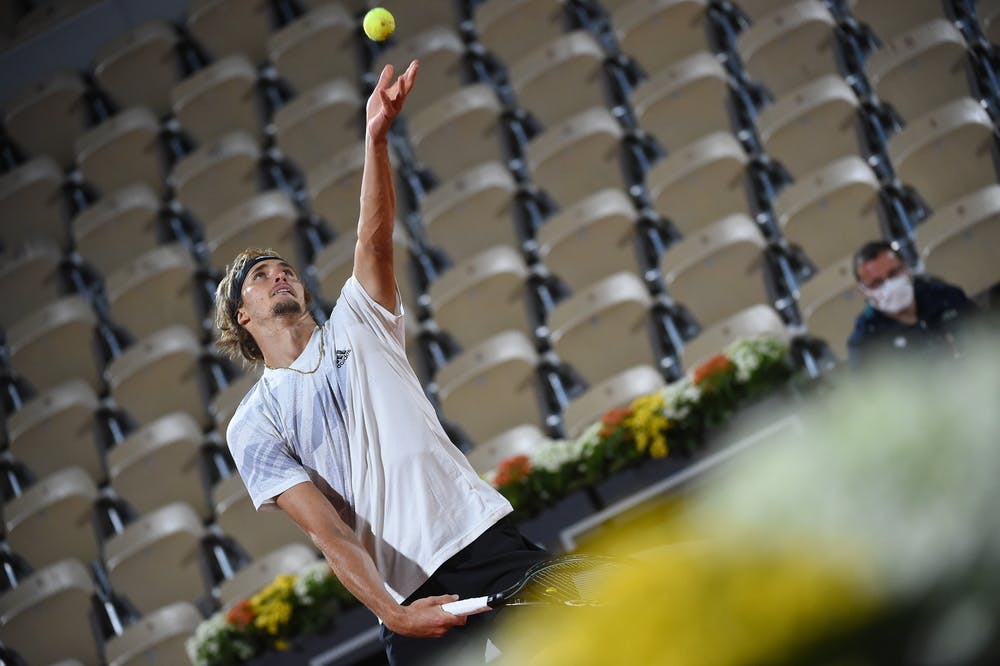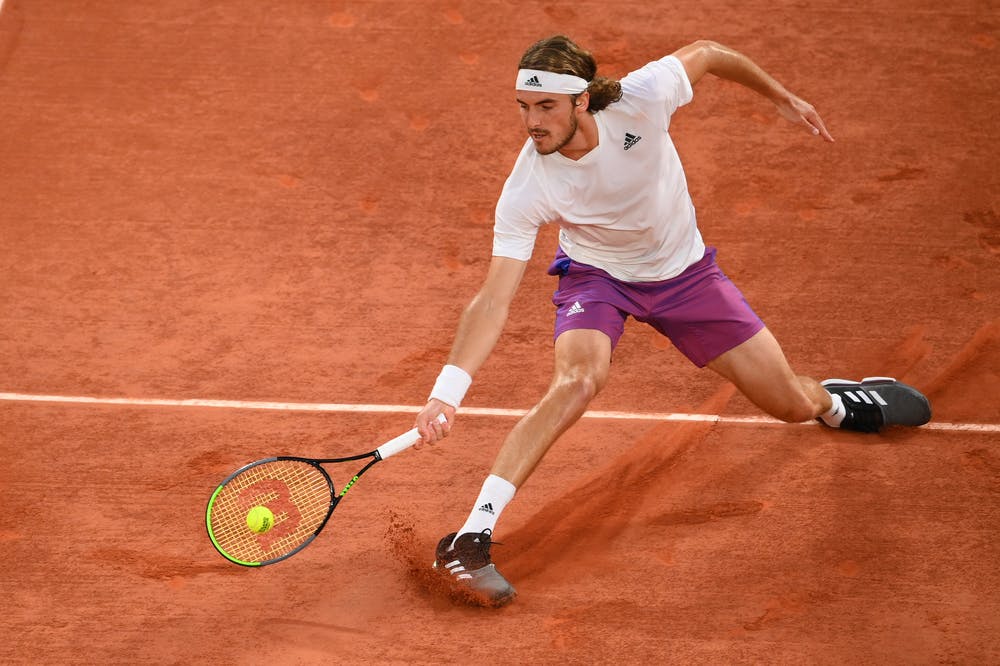Stefanos Tistsipas takes on Alexander Zverev on Friday for a place in the final at Roland-Garros.
Here is a tactical breakdown of how the match might be won.
Join us on this tactical deep dive into one of Friday's two blockbuster semi-finals

Stefanos Tistsipas takes on Alexander Zverev on Friday for a place in the final at Roland-Garros.
Here is a tactical breakdown of how the match might be won.
A lot will depend on exactly how Zverev tries to serve. On paper, he has the bigger serve of the two, but his ace count has been relatively low at Roland-Garros this year, with consistency and placement, rather than power, being his modus operandi. On the other hand, in general, he’s been cutting out the double faults too, so it’s a trade-off.
What will be important is how Tsitsipas chooses to return the German’s serve. Usually, he likes to hit full returns, but if he mixes things up a little with some block returns at times, then he might have more success. On clay, the Greek has a little bit more time to react and has more options, but his default return position is aggressive, close to the baseline.
 © Corinne Dubreuil/FFT
© Corinne Dubreuil/FFTThough Tsitsipas described Daniil Medvedev’s underarm serve on match point in their quarter-final as “a millennial shot”, the drop shot itself is likely to be a big weapon in the Greek’s armoury.
Tsitsipas plays it best on the backhand side, and with Zverev generally standing relatively deep, the drop shot should be hugely effective.
Zverev is quick, though, so it’s got to be played from a good position in the court. The beauty of the drop shot, though, is that it puts doubt into the opponent’s mind and always keeps them guessing.
With The German also standing well behind the baseline to return, too, expect Tsitsipas to serve-and-volley quite often, especially out wide on the deuce court, where the angle will make return winners far more difficult.
 © Corinne Dubreuil/FFT
© Corinne Dubreuil/FFTThe days of players winning on clay, at the highest level, from the baseline alone are long gone.
Epic points still happen and often catch the eye but as the likes of Rafael Nadal have shown, you need to be looking to finish points quickly, looking to move forward when you can.
Both Tsitsipas and Zverev have actually been coming to the net a lot in this tournament so far, and both to good effect. But Tsitsipas is winning 78 per cent of his points at the net, compared to 64 per cent for Zverev, and technically, the Greek is much more sound in the forecourt.
In his second-round win, he won 26 of 27 points at the net and has been hugely impressive up there so far. If Zverev wants to win this match, he needs to keep Tsitsipas back.
Tsitsipas leads the head-to-head record 5-2 and won their only previous meeting on clay, in Madrid in 2019, so he will take a lot of confidence into their semi-final.
However, Zverev has already made it to one Grand Slam final, at last year’s US Open, while Tsitsipas has yet to manage it.
The stress of the situation will affect both men, no doubt, but the Greek appears to be playing with an inner belief on clay this year.
“Of course I'm playing good, and I think if I keep repeating the process, keep repeating the everyday hustle that I put, for sure there's going to be a reward,” said Tsitsipas.
As the underdog on paper, Zverev may be more relaxed but he also knows what’s at stake.
“I'm maybe a little bit calmer at the tournaments now,” he said. “But the end goal hasn't changed.”